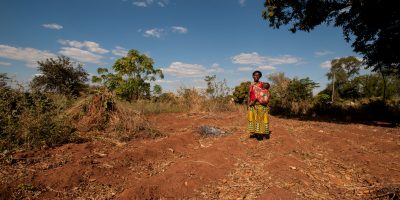Search
Search within Central and East Africa, Environment and climate,
42 results found
Research paper
Population Displacement and Sustainable Development: The Significance of Environmental Sustainability in Refugee–Host Relationships in the Congo−Brazzaville Crises
The Republic of Congo experienced repeated outbreaks of armed conflicts between militiamen affiliated to three main political factions, which affected the socioeconomic fabrics of the Congolese society until late 2000. This paper examines the socioeconomic and environmental impact of interactions…
Research paper
On Exposure, Vulnerability and Violence: Spatial Distribution of Risk Factors for Climate Change and Violent Conflict across Kenya and Uganda
Recent studies discuss linkages between climate change and violent conflict, especially for East Africa, and focusing on whether climate change increases risk of violent conflict. However, little is known about where a climate-conflict link is most likely to be found.…
Research paper
Beyond scarcity: Rethinking water, climate change and conflict in the Sudans
This article critiques the emphasis on ‘scarcity’, ‘state failure’ and ‘under-development’ within discussions of environmental security, proposing instead an alternative model of environment-conflict relations.

Evidence review
Changes in Climatic Factors and Malaria in Uganda
The study examines the relationship between climatic factors and reported malaria cases using data from 12 districts in Uganda over the period 2000-2011. A panel dataset comprising temperature, temperature standard deviation; minimum humidity; maximum humidity; precipitation; precipitation standard deviation; malaria…
Research paper
Vulnerability of Indigenous Health to Climate Change: A Case Study of Uganda’s Batwa Pygmies
The potential impacts of climate change on human health in sub-Saharan Africa are wide-ranging, complex, and largely adverse. The region’s Indigenous peoples are considered to be at heightened risk given their relatively poor health outcomes, marginal social status, and resource-based…
Research paper
Indigenous climate knowledge in southern Uganda: the multiple components of a dynamic regional system
Farmers in southern Uganda seek information to anticipate the interannual variability in the timing and amount of precipitation, a matter of great importance to them since they rely on rain-fed agriculture for food supplies and income. This system of indigenous…


